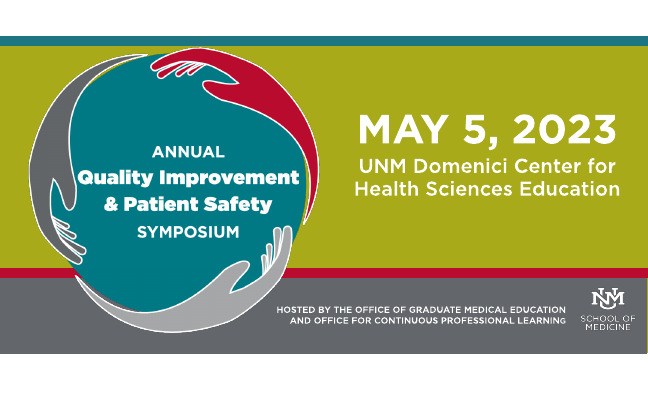Document Type
Presentation
Publication Date
3-6-2020
Abstract
Background: The American College of Obstetrics and Gynecology (ACOG) recommends the Tdap vaccine during 27-36 weeks of pregnancy protect the neonate from pertussis between birth and their first DTaP vaccine. Nationally the rate of Tdap vaccination in pregnant women is 48-55% with lower rates for women of color, uninsured, and non-English speakers. The Maternity and Family Planning (MFP) clinics at UNM are a federally funded clinics that provide comprehensive prenatal and postnatal care for women, especially low-income and/or at-risk pregnant women. The MFP clinics at UNM do not have Tdap vaccines on site and refer women to the Department of Health (DOH) for the vaccine. This goal of this project is to determine if this referral approach has been as effective as having vaccines on site as is the case in the University-based obstetrical clinics.
Methods: The study utilized a retrospective electronic health record chart review to compare rates of antepartum Tdap vaccination of patients from the MPF clinics to the patients from the University-based obstetrical clinics. The list of patients were crossed checked in New Mexico Statewide Immunization Information System (NMSIIS) to ensure records of DOH vaccines were captured. A two-sample proportion z test was utilized to test for statistical significance in rates. Logistic regression was also utilized to find other significant predictive factors for receiving the vaccine.
Results: Preliminary results of 237 charts reviewed show that there was a significant difference in the rates of Tdap during pregnancy for MFP (N=66) and obstetrical clinics (N=171) at 21.2% and 70.07%, respectively (p<.0001). Logistic regression models showed increased odds of a patient receiving Tdap in pregnancy with receiving prenatal care at only obstetrical clinics, increased prenatal visits, and being categorized as Non-Hispanic White (odds ratio 19.25, P<.000; 1.13, P<.003; 2.26, P<.027, respectively).
Conclusion: UNM obstetric clinics that offer Tdap on site have a much higher rate of Tdap during pregnancy than MFP clinics that refer patients to DOH. Possible interventions aimed at improving this disparity in rates may include offering vaccines on site, close tracking and follow up patient’s vaccination status after DOH referral, and/or patient and staff education.
Recommended Citation
Lalla, Amber; Katarina Leyba; Taryn McCue; Sarah Friedburg; Jody Stonehocker; and Melissa Martinez. "Comparing Tdap in Pregnancy Rates Between UNM-Based Clinics: A Quality Improvement Project." (2020). https://digitalrepository.unm.edu/hsc_qips/28


Comments
Presented at the University of New Mexico Health Science 2020 Annual Quality Improvement and Patient Safety Symposium